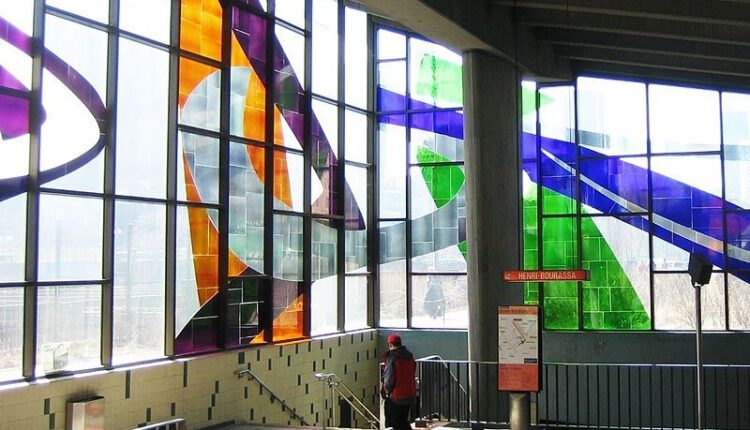Stained glass is an art form that has been around for centuries, with stunning examples dating as far back as the 7th century. These masterpieces are not only timeless but also reflect the cultural and historical evolution of a society. Australia, like many other countries, has a rich history of stained glass. From the majestic cathedrals to the quaint churches, there are numerous examples of stained-glass windows in the country. Lets take a look at its history, and how it has been reimagined in modern times.
The history of stained glass can be traced back to ancient civilizations such as Egypt and Rome, however, it is the Gothic era in the 12th century that witnessed the heyday of stained glass. In Australia, the earliest examples of stained glass can be found in the cathedrals of St Mary’s and St James in Sydney, which date back to the mid-19th century. These windows depict stories from the Bible and are immaculately detailed. The stained-glass windows in these cathedrals are the legacy of the British colony in Australia.
Stained glass is not just an art form, it is a reflection of the culture and society of the time in which it was created. For instance, Australia’s stained-glass windows in the early 20th century depicted scenes from the First World War. These themes were prevalent in the creation of these windows as the country mourned the loss of its people. These windows have also been used to commemorate important events, such as significant anniversaries or local festivals.
The art of stained glass production is a meticulous and time-consuming process that requires exceptional skill and precision. The materials used to create stained glass are sand, soda, and limestone, which are melted and poured into molds to create glass sheets. These sheets are then cut into shapes, and the stained glass pieces are assembled using lead strips. The process of painting the glass is called staining, where a solution of metallic oxides is mixed with water and then applied to the glass to create beautiful colors.
Stained glass has evolved over time, and modern artists have taken this art form to new heights. Contemporary stained glass artists are experimenting with different materials, such as fused glass, which allows them to create intricate designs with vibrant colors. There is also a renewed interest in digital stained glass, which uses computer software to create digital designs that are then printed onto the glass.
Stained glass is an art form rooted in ancient civilizations and has evolved to reflect cultural and historical shifts, notably in Australia where it often depicts significant events. The production of stained glass is a meticulous process, requiring skill, precision, and traditional materials like sand, soda, and limestone. Today, modern artists are innovating the medium by experimenting with new materials and techniques, including fused glass and digital designs. This evolution not only keeps stained glass relevant but also broadens its appeal, proving that this ancient art form is as dynamic and enduring as the history it so vividly illustrates.



Comments are closed.